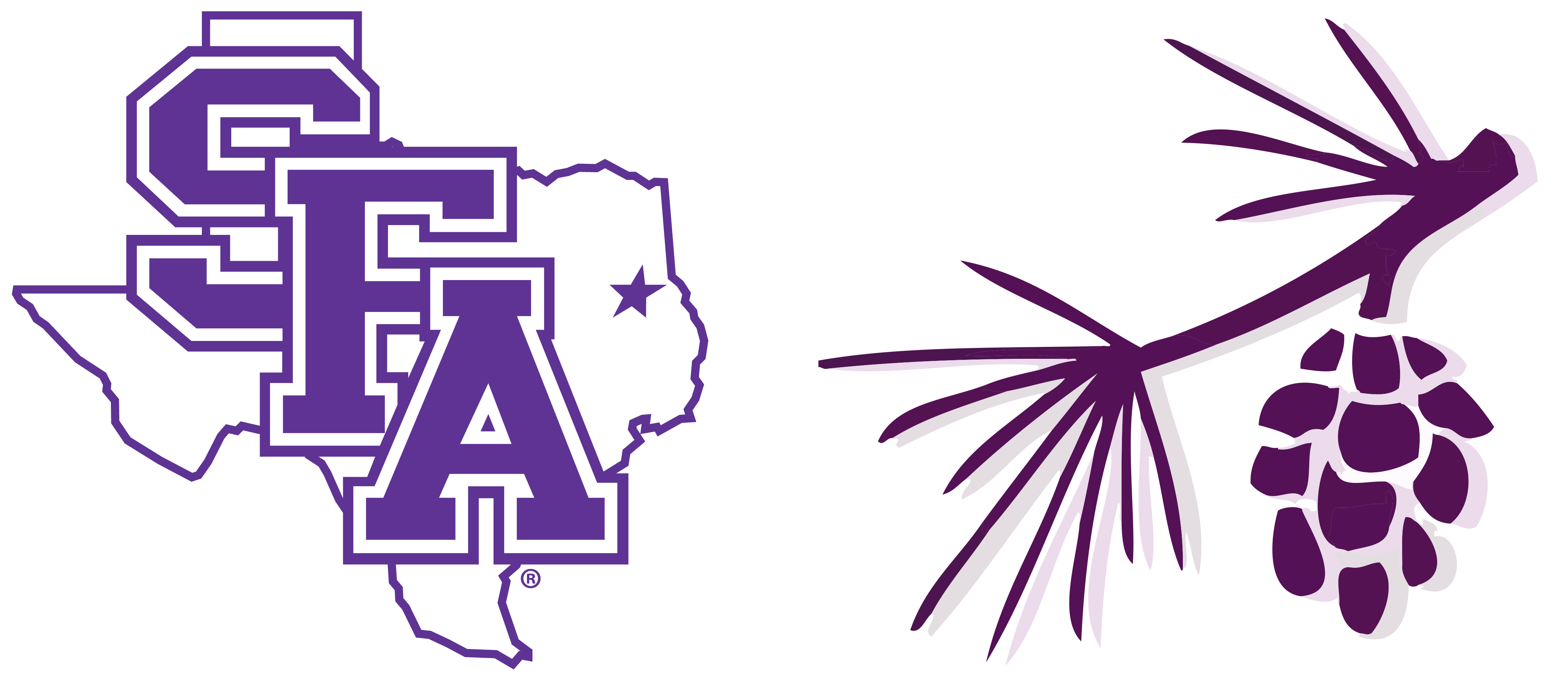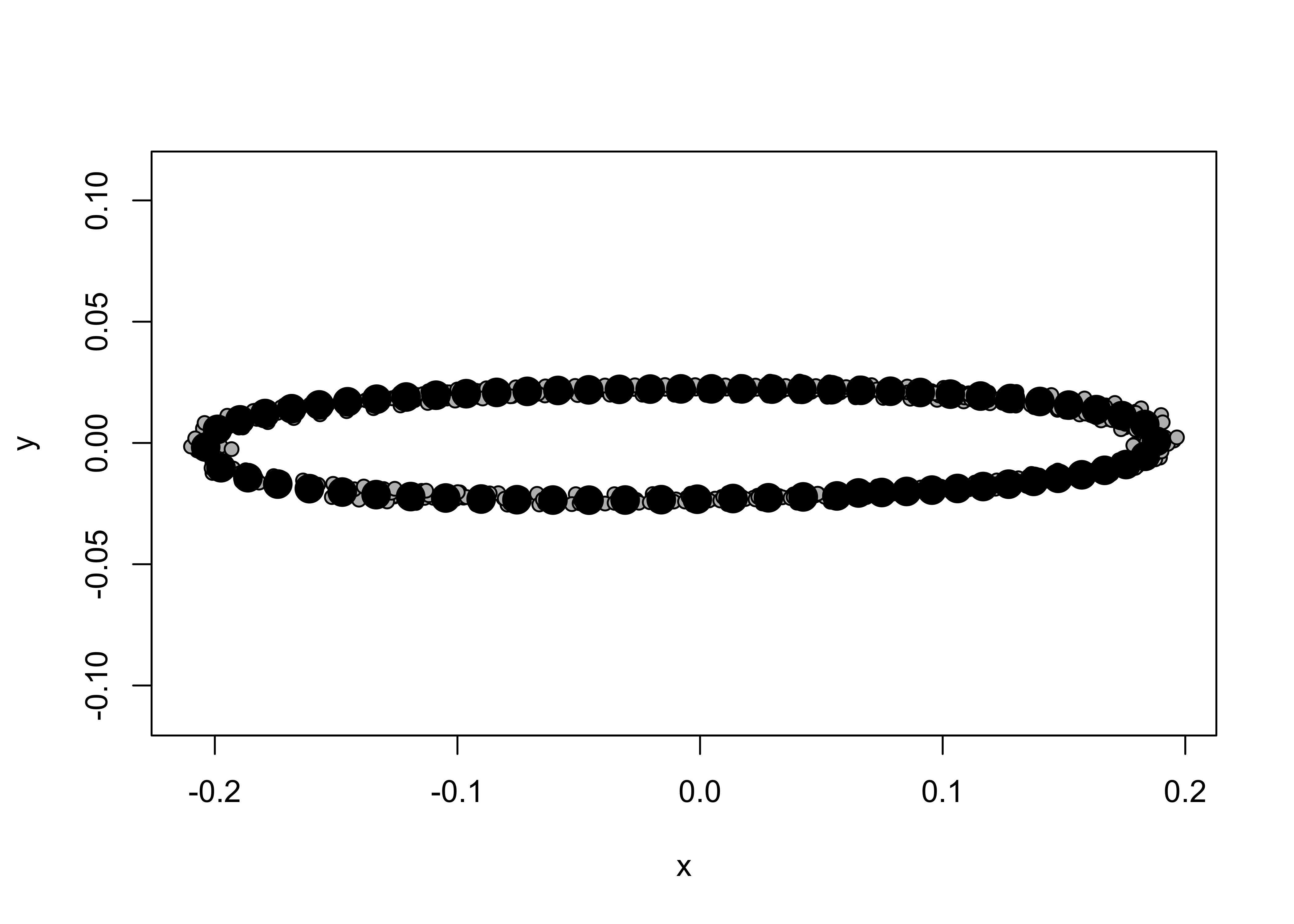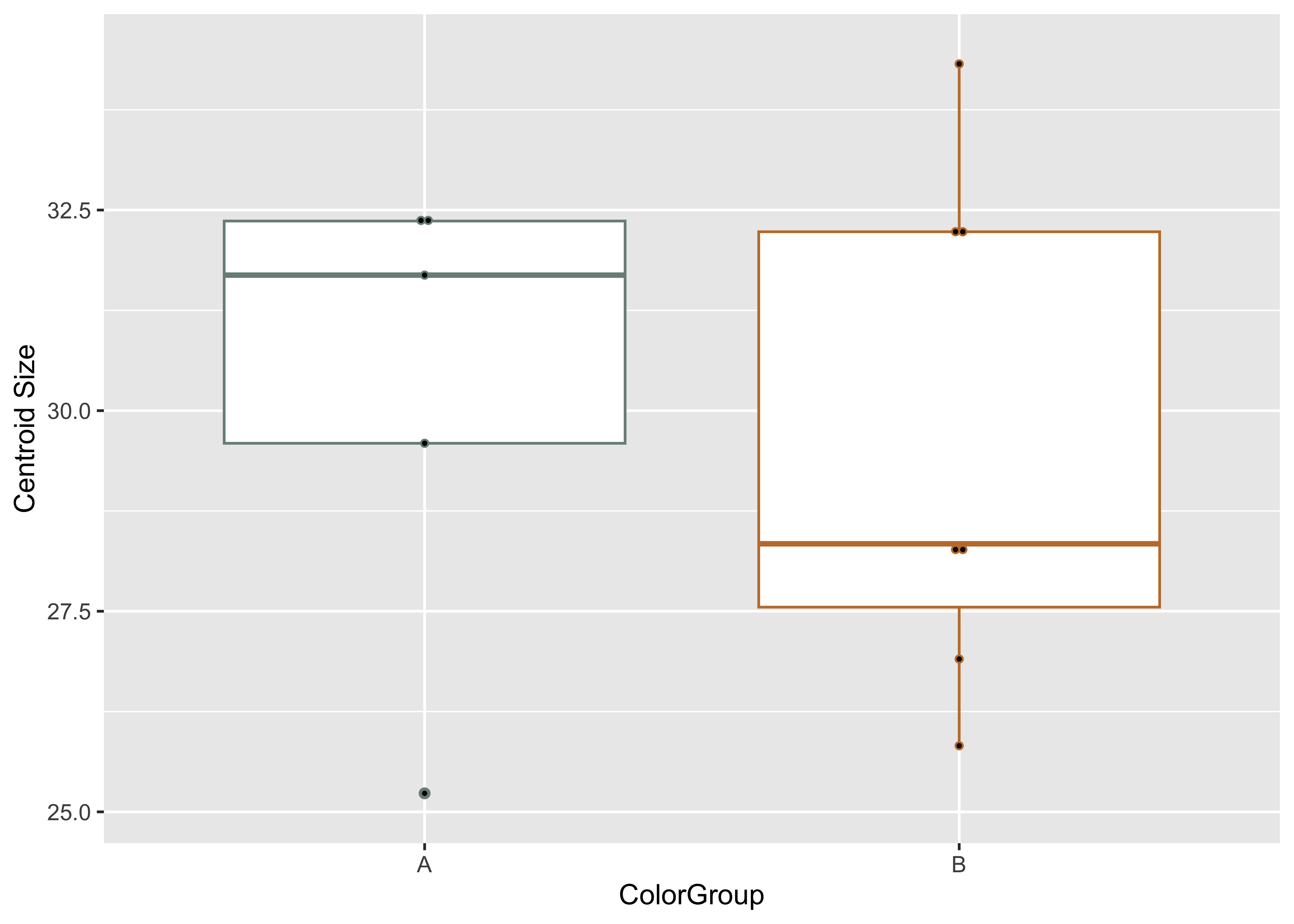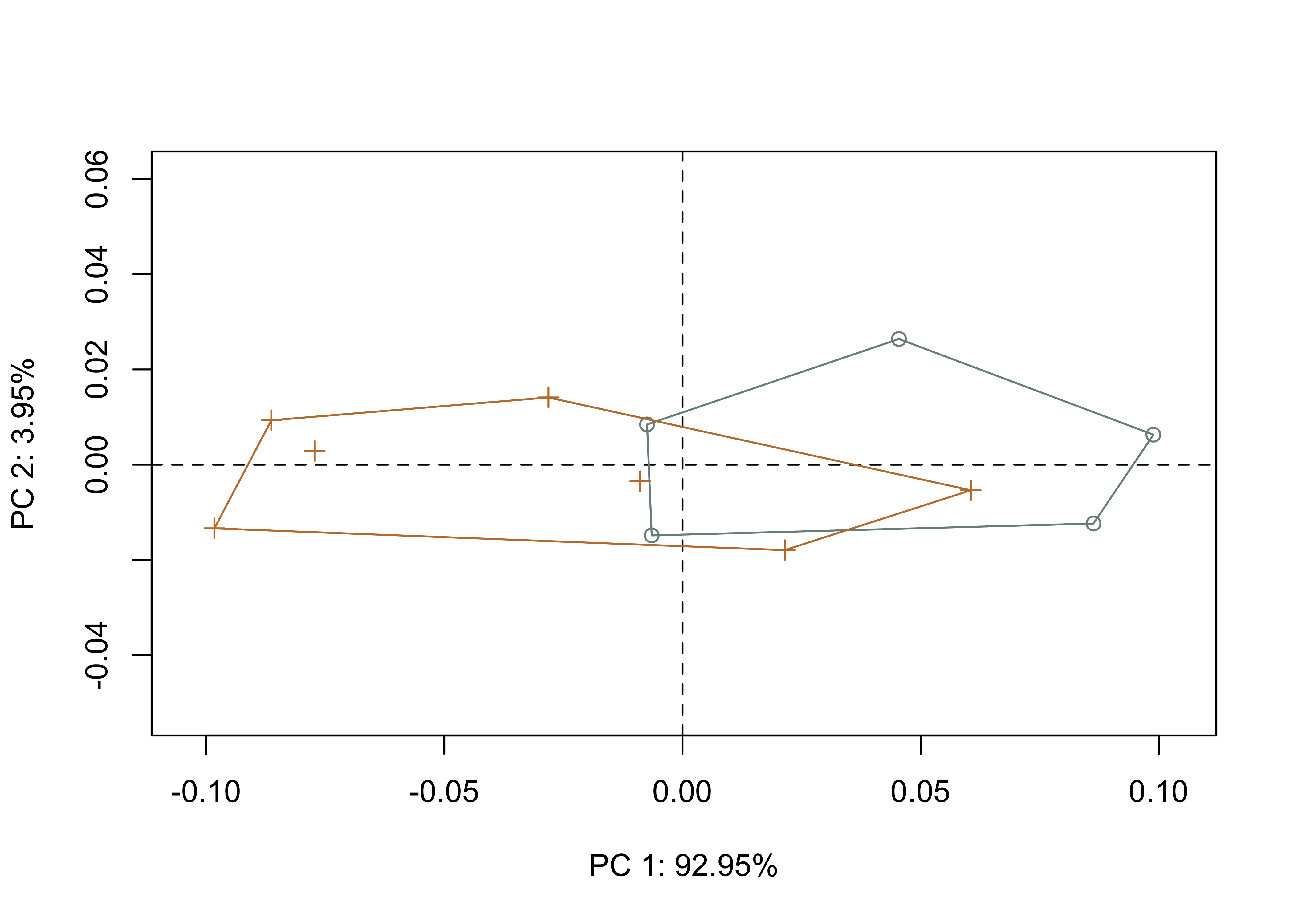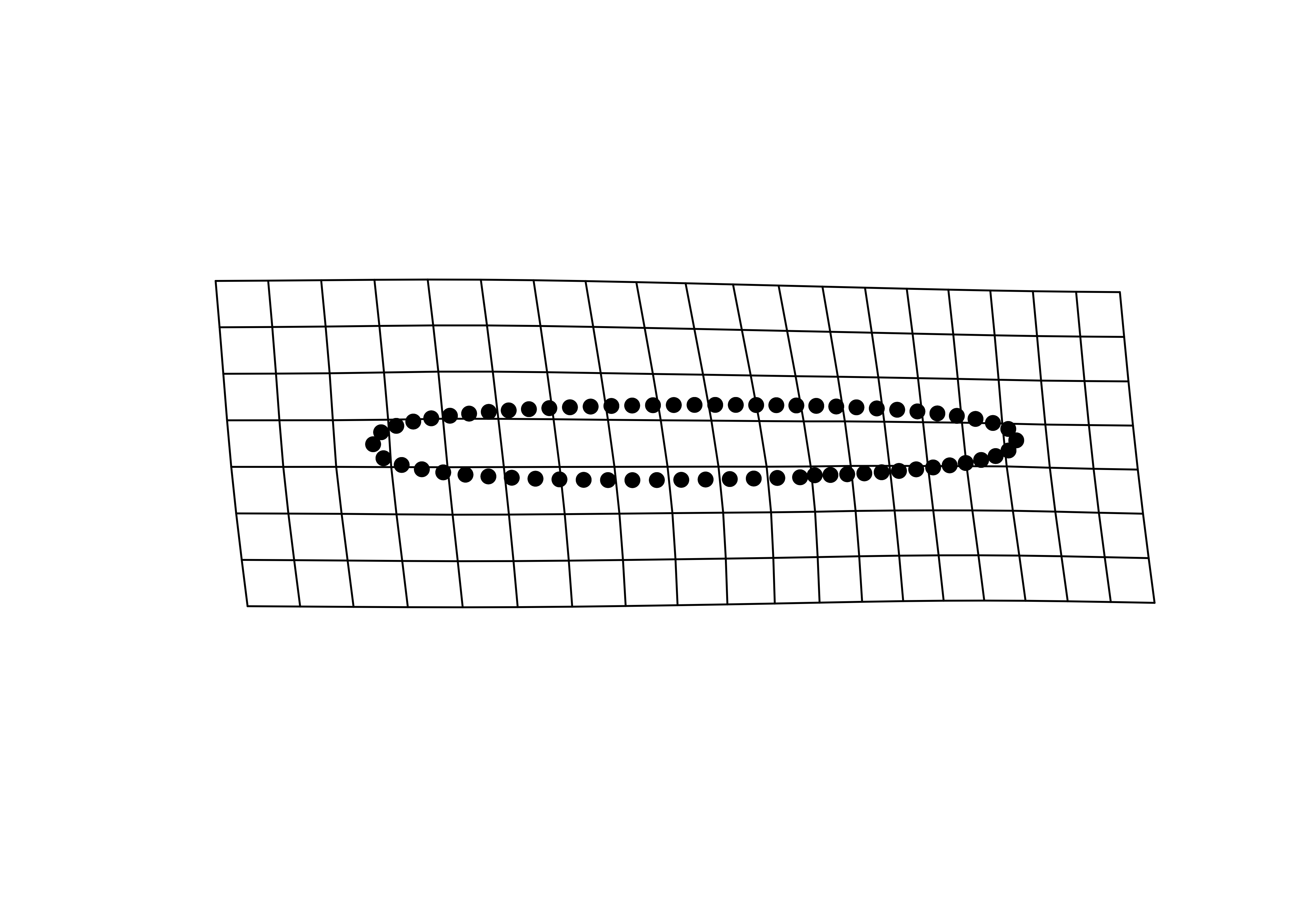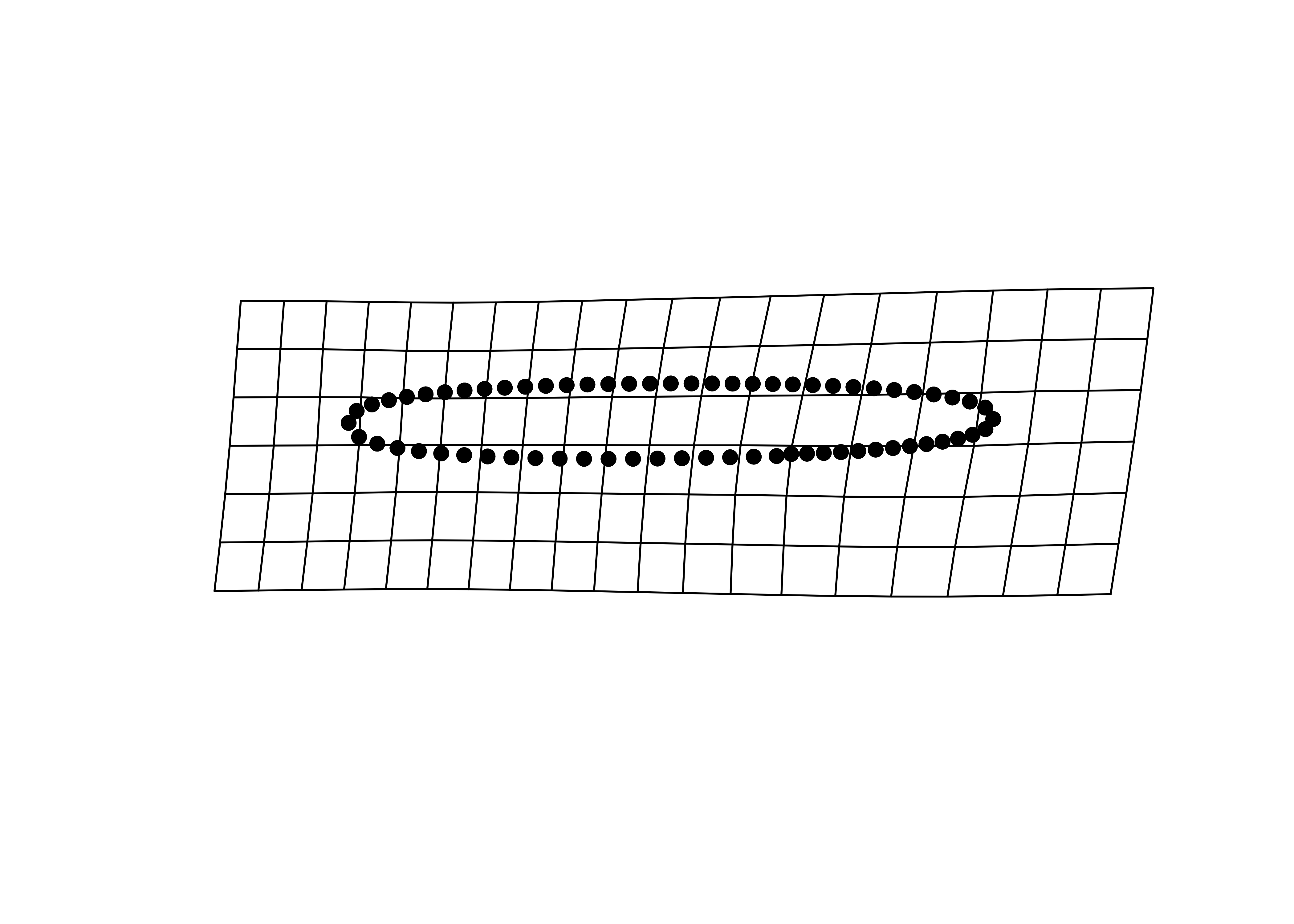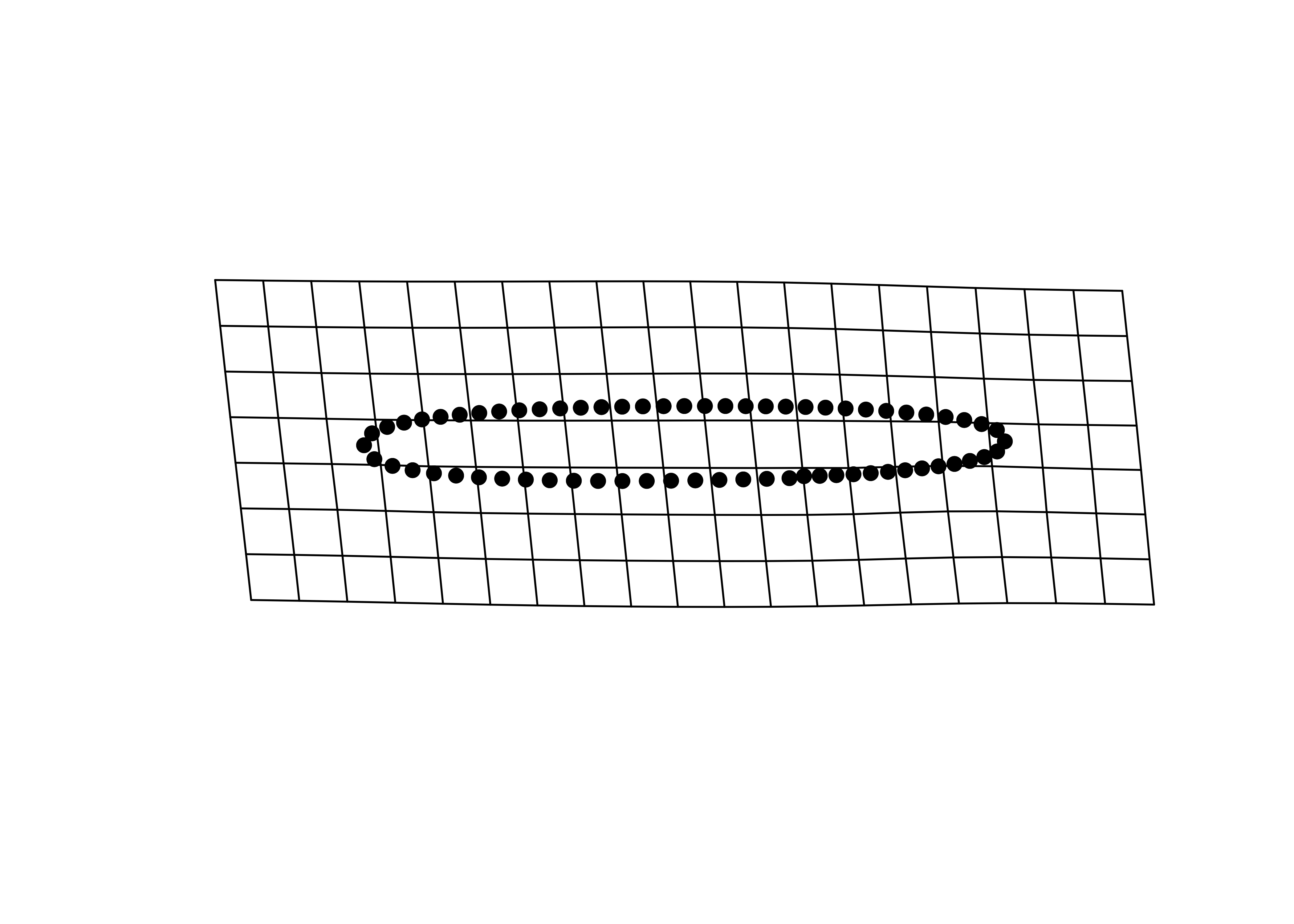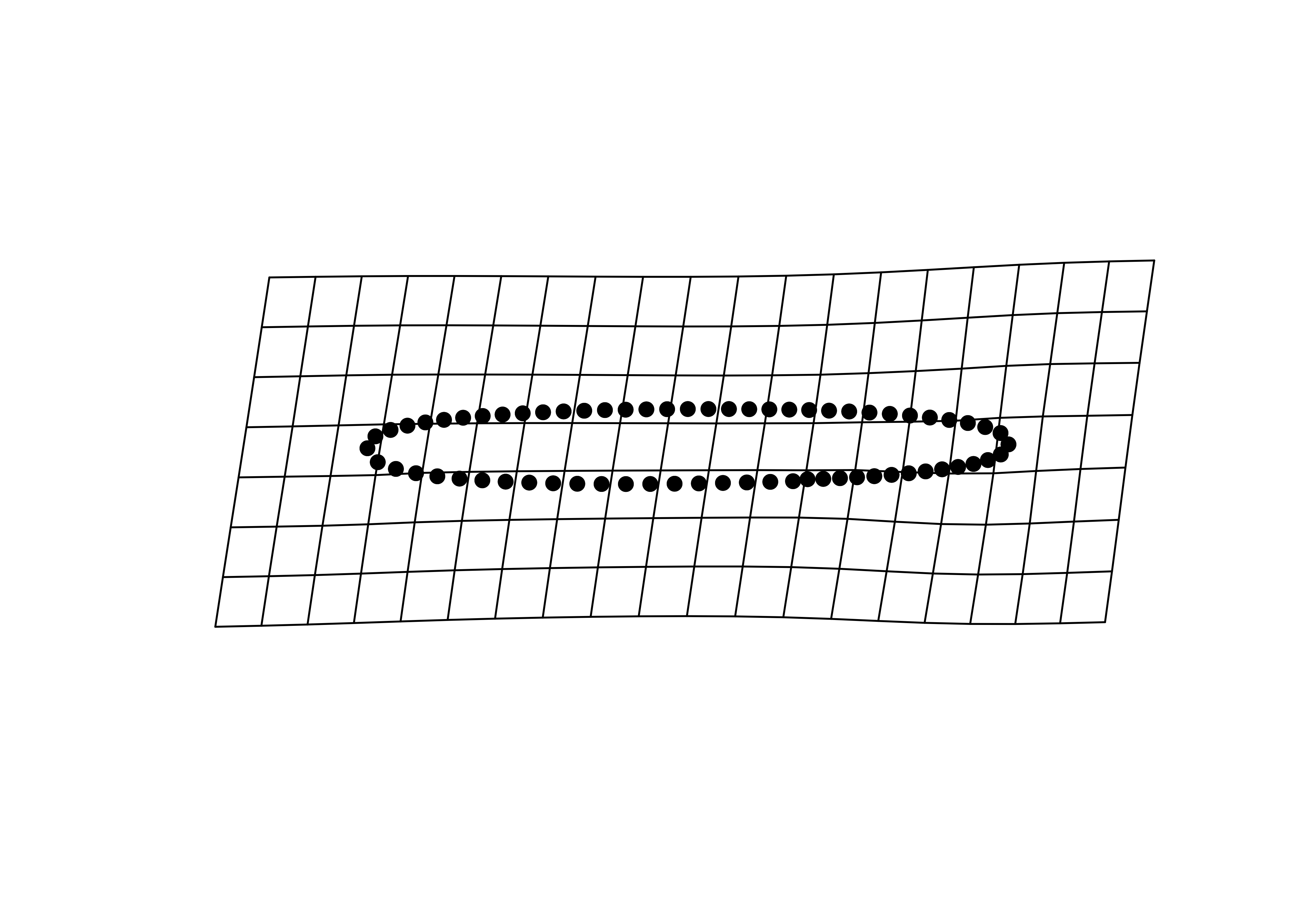Adams, Dean C., and Michael L. Collyer. 2015.
“Permutation Tests for Phylogenetic Comparative Analyses of High-Dimensional Shape Data: What you Shuffle Matters.” Evolution 69 (3): 823–29.
https://doi.org/10.1111/evo.12596.
Adams, Dean C., Michael L. Collyer, Antigoni Kaliontzopoulou, and Emma Sherratt. 2017.
“Package geomorph: Geometric Morphometric Analyses of Landmark Data. R package version 3.0.5.” http://geomorphr.github.io/geomorph/.
Adams, Dean C., and Erik Otarola-Castillo. 2013.
“geomorph: An R Package for the Collection and Analysis of Geometric Morphometric Shape Data.” Methods in Ecology and Evolution 4 (4): 393–99.
https://doi.org/10.1111/2041-210x.12035.
Anderson, M. J., and C. J. F. Ter Braak. 2003.
“Permutation Tests for Multi-Factoral Analysis of Variance.” Journal of Statistical Computation and Simulation 73 (2): 85–113.
https://doi.org/10.1080=0094965021000015558.
Baken, Erica K., Michael L. Collyer, Antigoni Kaliontzopoulou, and Dean C. Adams. 2021.
“geomorph v4.0 and gmShiny: Enhanced analytics and a new graphical interface for a comprehensive morphometric experience.” Journal Article.
Methods in Ecology and Evolution.
https://doi.org/10.1111/2041-210x.13723.
Collyer, Michael L., and Dean C. Adams. 2018.
“RRPP: An R Package for Fitting Linear Models to High-Dimensional Data using Residual Randomization.” Methods in Ecology and Evolution 9 (7): 1772–79. https://doi.org/
https://doi.org/10.1111/2041-210X.13029.
Collyer, Michael L., David J. Sekora, and Dean C. Adams. 2015.
“A Method for Analysis of Phenotypic Change for Phenotypes Described by High-Dimensional Data.” Heredity 115 (4): 357–65.
https://doi.org/10.1038/hdy.2014.75.
Goodall, Colin. 1991. “Procrustes Methods in the Statistical Analysis of Shape.” Journal of the Royal Statistical Society. Series B (Methodological) 53 (2): 285–339.
Gower, J. C. 1975.
“Generalized Procrustes Analysis.” Psychometrika 40 (1): 33–51. https://doi.org/
https://doi.org/10.1007/BF02291478.
Jolliffe, Ian T. 2002. Principal Component Analysis. New York: Springer.
Kendall, David G. 1981. “The Statistics of Shape.” In Interpreting Multivariate Data, edited by V. Barnett, 75–80. New York: Wiley.
———. 1984.
“Shape Manifolds, Procrustean Metrics, and Complex Projective Spaces.” Bulletin of the London Mathematical Society 16 (2): 81–121.
https://doi.org/10.1112/blms/16.2.81.
Klingenberg, Christian Peter. 2013.
“Visualizations in Geometric Morphometrics: How to Read and How to Make Graphs Showing Shape Changes.” Hystrix 24 (1): 15–24. https://doi.org/
http://dx.doi.org/10.4404/hystrix-24.1-7691.
R Core Development Team,. 2023.
R: A Language and Environment for Statistical Computing. Vienna, Austria: R Foundation for Statistical Computing.
http://www.R-project.org/.
Rohlf, F. James. 1999.
“Shape Statistics: Procrustes Superimpositions and Tangent Spaces.” Journal of Classification 16 (2): 197–223.
https://doi.org/10.1007/s003579900054.
Rohlf, F. James, and Dennis Slice. 1990.
“Extensions of the Procrustes Method for the Optimal Superimposition of Landmarks.” Systematic Zoology 39 (1): 40–59.
https://doi.org/10.2307/2992207.
Sherratt, Emma, David J. Gower, Christian Peter Klingenberg, and Mark Wilkinson. 2014.
“Evolution of Cranial Shape in Caecilians (Amphibia: Gymnophiona).” Evolutionary Biology 41 (4): 528–45. https://doi.org/
https://doi.org/10.1007/s11692-014-9287-2.
Slice, Dennis E. 2001.
“Landmark Coordinates Aligned by Procrustes Analysis Do Not Lie in Kendall’s Shape Space.” Systematic Biology 50 (1): 141–49.
https://doi.org/10.1080/10635150119110.
